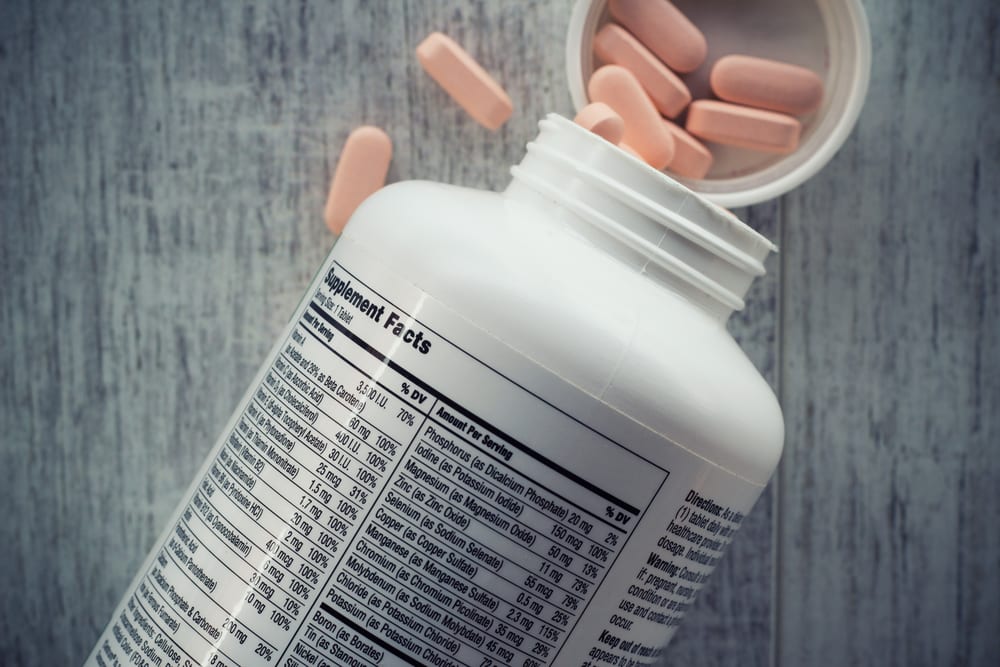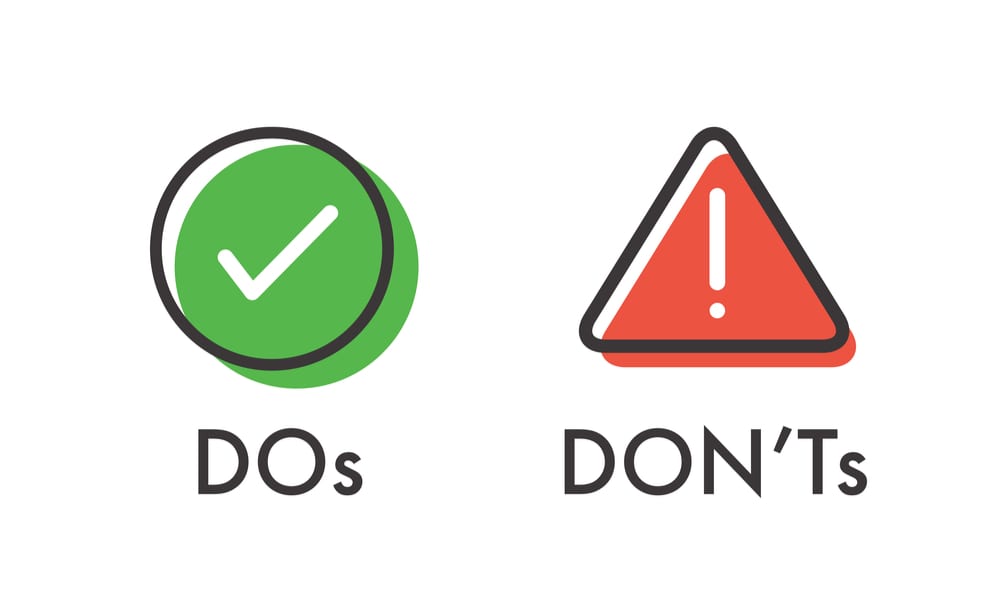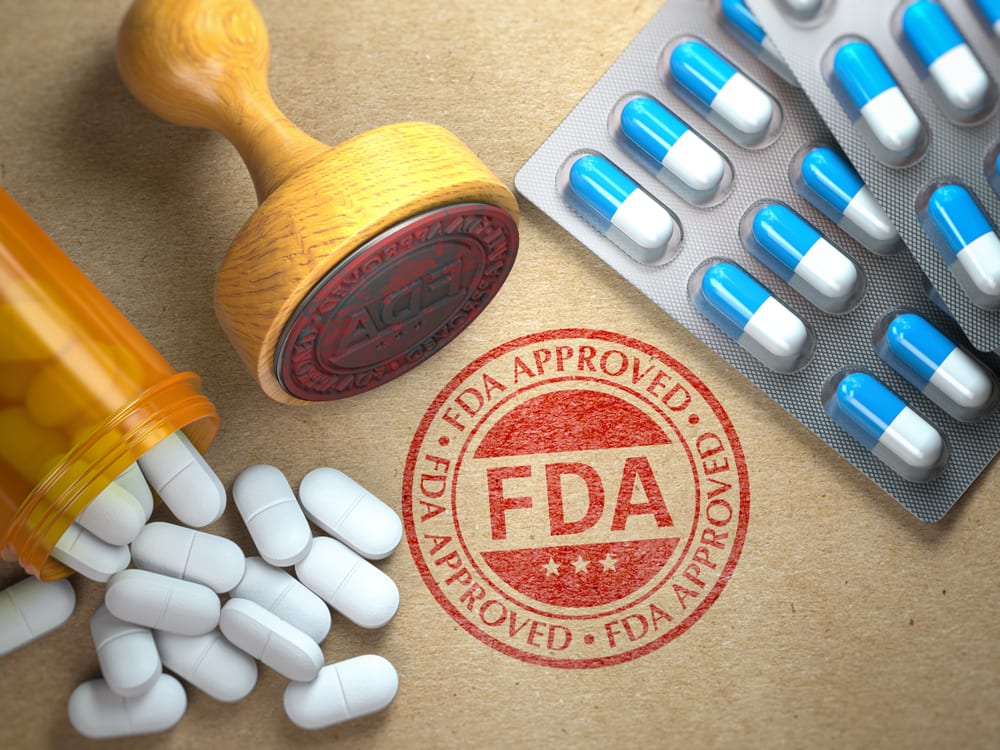
Those in the nutraceutical community already know the claims that have been made about certain products. Claims about the structure, function, and labeling. Labeling claims relate to the effects of dietary ingredients or similar substances on the structure or function of the human body. We’re here to give you clarity. Are these structure/function claims actually valid?
What are Structure/Function Claims?
Perhaps one of the most well-known structure/function claims is the phrase “calcium builds strong bones”. This powerful marketing claim has stuck in our culture to this day. You might have heard other structure/function claims like “promotes relaxation.”
So what do structure/function claims aim to do?
They describe the effect the ingredients of the product have on the structure or function of the body of the person taking the product. Often short and catchy, structure/function claims can simplify the benefits of the product for consumers. They can help consumers understand exactly what the product is.
According to The Dietary Supplement Health and Education Act of 1994 (DSHEA), structure/function claims can also describe a benefit to the consumer, such as improving a nutrient deficiency. However, the Act also requires that the claim indicates how widespread the disease is in the United States. (1)
Structure/function claims must follow the Food and Drug Administration (FDA) guidelines. Working with a manufacturer familiar with the FDA guidelines is essential when getting your dietary supplement on the market quickly and efficiently.
To make a structure/function claim, a claim has to be made to the FDA. It’s best to make the claim as quickly as possible. These claims require an honest report. It is very important that claims are not misleading.
Claims can be made after marketing the claim on the product but must be within 30 days. But they have to include a disclaimer that the FDA has not yet evaluated the claim. While having a good structure/function claim can look good to consumers, it’s also important that the claim can be backed up by a trusted source.
What are Health Claims?

The FDA has the authority to accept or reject a health claim. They may also issue specific guidelines on how a health claim can be used.
Every dietary supplement has its own unique set of requirements. Health claims are about how the product may reduce the consumer’s risk of a health condition or disease, such as heart disease. Health claims can be made in multiple ways. Words, images, or references to a third-party certification are all common ways to make a health claim.
To get an authorized health claim, your claim has been reviewed and approved by the FDA. Health claims can be submitted by anyone, but claims have to be based on an authoritative statement by a scientific body.
Having strong scientific evidence is the only way to get a claim authorized by the FDA. If the FDA finds that there is growing evidence for the claim, but not enough to be conclusive, then they aren’t likely to accept your claim.
The FDA does give examples in their labeling guide (2) Checking these examples and following their format will make the process much easier for you. Once you understand what the FDA requires, you can start making your health claim. The requirements for the wording of health claims are flexible to a point.
What are Nutrient Content Claims?
Just like health claims, a nutrient content claim must be accurate. The FDA has specific categories for nutrient content claims.
For example. if you want to label your product as “low in saturated fat”, your product must have to have 1 g or less per RACC and 15% or less of calories from saturated fat (3).
Nutrient content claims are split into multiple categories. This can help you market your product more specifically and find a place for it in the market. Nutrient content claims can be great selling points of a food product.
But what are the different categories and how do they work?
Free: This label is helpful for consumers looking to limit their intake of a particular food component. Fat-free, sugar-free, and gluten-free are some of the most common “free” labels used on products.
Low: You’ve probably seen “low fat” labels on food products before. That is a nutrient content claim. They can help consumers understand the nutritional profile of a product, but aren’t as detailed as the Nutrition Information panel. “Low” products are appealing in the same way as “free” products for consumers looking to limit their intake. Getting a low label if your competitors don’t have one can make your products stand out.
Reduced/Less: A slightly complicated category, reduced/fewer claims aim to compare your product with others on the market. This sort of comparison can make customers find your product more appealing than other foods on the shelves. Your product, popcorn, for example, may not qualify as a low sodium product but may have less salt compared to a typical popcorn product on the market.
There are many nutrient content claims and each has FDA requirements. If you have decided how you want to market your product, getting the right structure/function claim can help your product find the best customers. Knowing what’s allowed will save you a lot of time!
Permissible vs. Impermissible Structure/Function Claims for Dietary Supplements

The FDA has criteria to determine whether a structure/function claim is acceptable. We’ve taken a look at their criteria and analyzed them. What do you need to know? Here is our easy to understand 10 point walkthrough of the FDA guidelines.
1. Can you suggest that your product has an effect on a disease?
Long story short, no. Misleading or incorrect claims will not be acceptable. Only pharmaceutical drugs can make claims about preventing disease. Under FDA guidelines, dietary supplements cannot. You’ll have to be careful about the words you choose. Avoid referring to any specific disease.
Implied disease claims don’t slip by. You might be able to claim your product “helps to maintain focus” but not “prevents symptoms of Alzheimer’s.” The wording of your claim can be complicated and following examples can only do so much. Working with a manufacturer familiar with FDA rules is the best way to get your structure-form claim sorted quickly and easily.
2. Absence of referring to a characteristic sign or symptom of a disease or class of disease
When possible, you should avoid obviously referring to symptoms of well-known diseases as the FDA can interpret them as implied disease claims. Just as before, your language needs to be correct. Your claim will be rejected if you’re not careful.
Using words like “helps” or “maintain” can guide your structure/function claim in the right direction.
How would you reword “relieves painful joints”?
Use “helps to maintain proper joint function” instead.
3. References to symptoms
In your structure/function claim, you can refer to common symptoms. But these symptoms shouldn’t cause the consumer significant harm if they are left untreated.
Acceptable claims include examples such as ‘Alleviates mood swings and hot flashes associated with menopause’.
They will be rejected if they are written as follows; ‘Helps alleviate chronic constipation’ or ‘Helps alleviate BPH’.
4. Naming your product
Your product must be named in accordance with the FDA’s guidelines. It is not acceptable to disguise a structure/function claim as the name of the product. Naming your product a shortened version of what it is trying to improve may sound clever, but it will be rejected. ‘Arthrix’ for arthritis will be rejected, for example.
5. What about supplement formulation?
If your structure/function claim implies that your product was once or is now an FDA-regulated drug, then your claim will be rejected. These types of claims are not allowed to be placed on products as they mislead consumers. Avoid making claims like “This product contains l-carnitine — formerly only available as a prescription drug”.
6. Can you refer to an article in your claim?
If your labeling is written in a way that doesn’t imply disease treatment or prevention, the FDA will accept a claim that cites an article. There are a few conditions that you should know:
- The article should not be characterized in the body of your claim.
- The article should appear at the end of the promotional materials as part of a bibliography of other articles.
- The article should be balanced
- It should not appear on the product’s label.
Having a good bibliography in your claim to the FDA will help you get accepted. An incomplete or inaccurate bibliography just doesn’t look good. Make sure your claim is double-checked before you send it. The details matter!
7. What words should you avoid?
Words that suggest your supplement is intended to cure, treat, or prevent disease aren’t allowed. Avoid using these words in your structure/function claim:
- Referring to disease or diseases
- Describing your product as “anti”: antiviral, antibiotic, antidepressant, etc.
- Suggesting your product can treat, cure, or prevent a disease
That’s still pretty complicated. To put it simply, if your structure/function form looks like this: ‘Helps alleviate depression’ it’s going to be rejected. This example suggests the product can treat a mental health issue, which isn’t allowed.
Still, if you understand what your consumers want from your products you can rephrase your structure/function claim to help them understand why your product is a good option. Consider what your potential customers are looking for.
For example, instead of ‘helps alleviate depression’, the FDA will allow ‘Helps reduce stress and tension’.
8. Do not use pictures or symbols that suggest disease treatment
It’s not just what words you’re using that you have to be careful within your product labeling. The FDA may reject claims that highlight certain words in green or red. Depending on the words highlighted, these can suggest disease treatment.
Pictures of body parts are a bit complicated. Essentially, you shouldn’t reference particular points like joints or the heart. If it looks like your product is suggesting an improvement in a particular area, the FDA will reject your structure/function claim most likely. Look at your competitor’s labels and see what images they are using if any. Working with a manufacturer familiar with the FDA’s guidelines will make this process much easier for you.
9. You can’t suggest your supplement is a substitute for a drug
You claim should avoid marketing your dietary supplement or any of its ingredients as an alternative to prescription drugs. For example, you shouldn’t claim that your herbal tablet is a ‘Herbal antidepressant’. Your claim won’t be accepted.
10. Avoid suggesting your dietary supplement is useful with regular prescription drug intake
Again, avoid referring to particular conditions. If you are attempting to reach consumers who are interested in improving their health, there are other ways to do it.
If you would like to suggest that your dietary supplements can improve a consumer’s health, there are certain ways you can phrase it.
‘Use as part of a healthy diet to help maintain healthy blood sugar levels’ is more likely to be accepted than stating your product ‘helps to maintain blood sugar levels for the insulin-dependent’.
Who decides if a structure/function claim is substantial?

Your dietary supplement still has to meet some requirements once you have a good structure/function claim.
Your claim must have substantial evidence from good, reliable sources in the scientific community. You can include scientific studies and tests in your claim. They should be cited in the bibliography. This evidence must have been done and evaluated by qualified professionals (4).
Dietary supplement manufacturers are required to notify the FDA when it comes to the labeling of products. This comes under The Federal Food, Drug, and Cosmetic Act (the FFDCA), § 403(r)(6).
It is very important that the FDA is notified. Your manufacturer should handle this process.
Notification to the FDA must include the text of the structure/function claim, a good bibliography, follow the guidelines above, and be sent no later than 30 days after marketing has begun for the supplement.
The FDA and FTC work together to ensure that structure/function claims follow the rules. They will decide if your structure/function claim has substantial evidence or not.
Where to Submit Your Structure/Function Claim
If you’re ready to submit your structure/function claim, then you should head to the FDA’s electronic submission portal (4). Should you prefer to submit a written claim, the FDA does have an option for you.
We recommend opting in to receive confirmation of your claim.
Your claim submission must include the name and address of the dietary supplement manufacturer, as well as the packer, and distributor. You should check the claim includes all the details required before it is sent.
Manufacture Your Supplements With SMP Nutra
Looking to sell trending supplements? Having high-quality supplements is crucial to the success of this venture. SMP Nutra is a leading supplement manufacturing facility that can manufacture any type of supplement.
We are capable of producing capsules, softgels, tablets, gummies, and more. We also offer design services to make your supplement look professional and attractive.

